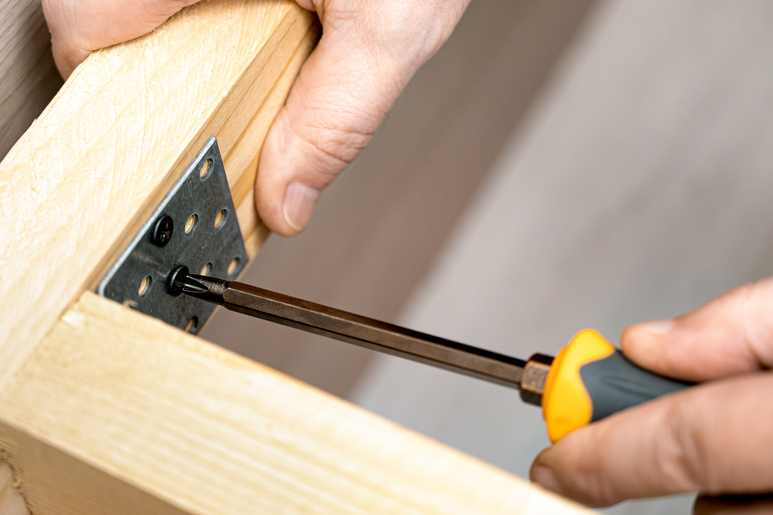
Tips To Add Additional Support to Existing Countertops
Countertops are one of the busiest areas in your home. Whether in the kitchen, bathroom, or laundry room, they constantly bear weight and withstand daily wear and tear. Over time, even the sturdiest countertops may need extra support.
If you’re noticing sagging or wobbling, it might be time to add some reinforcements. Try these tips to add additional support to existing countertops, so these structures stay strong for years to come.
Install Reinforcement Brackets
A simple yet effective way to increase support is by installing brackets beneath the countertop. To guarantee the brackets are strong enough to reinforce your countertops, acquire them from a reputable supplier, like Right On Bracket.
We’re an industry leader in providing robust brackets for countertops, shelves, and storage projects because our products are durable, reliable, and versatile. Our meticulous designs and expert crafting result in high-quality steel brackets that sufficiently support overhanging countertops.
Plus, most of our designs give the sleek effect of being hidden from view, making a stylish floating countertop. If you like this aesthetic, peruse our selection of floating countertop supports for heavy-duty brackets strong enough to support countertops made of:
- granite,
- marble,
- quartz,
- and wood.
Our products comfortably hold hundreds of pounds. Also, they provide even weight distribution which prevents sagging.
Use a Plywood Backing
Adding a plywood base beneath the countertop is another excellent way to provide steady reinforcement. This option is handy when the countertop material itself lacks sufficient internal strength, such as with thinner laminate or tile countertops. The following actions help you implement a plywood backing:
- Measure the countertop and cut a piece of plywood to match its size and shape, going for three-quarter-inch plywood for better resilience.
- Place the plywood between the countertop and the underlying cabinet structure or other supporting surface, while ensuring it doesn’t protrude beyond the edges.
- Secure the plywood using screws or an adhesive to keep everything in place.
This method effectively strengthens the countertop without requiring visible reinforcements, keeping the space clean and uncluttered.
Reinforce the Cabinets
Countertops are only as strong as the cabinets beneath them. Weak or poorly secured cabinetry can lead to structural problems.
For this reason, strengthening the cabinet framework is another effective tip to add additional support to existing countertops. Doing so directly benefits the countertop’s stability.
- Check all cabinet joints, screws, and fasteners to ensure they’re tight and secure.
- Add cross braces to improve the overall load-bearing capacity or consider reinforcing weaker sections with wood panels.
- Install diagonal supports on corner sink cabinets to prevent warping or sagging.
Avoid Overloading the Countertops
Prevention is always better than repair. To maintain your countertops for the long term, avoid putting excessive weight on unsupported sections. Be mindful of heavy appliances or decor and try to distribute items evenly across the surface.
Always prioritize safety when working on structural improvements. If you’re unsure about any step, consider consulting a professional to ensure your reinforcements are solid and secure. With the right approach, your countertops can stay strong and reliable for years to come.


